MrBeast’s AI Thumbnail Tool Sparks Outrage: Innovation or Artistic Theft?
Introduction: A Viral Tool With Controversial Ripples
When YouTube megastar MrBeast announced a revolutionary new AI-powered thumbnail generator through his startup Feastables, the Internet predictably took notice. Hailed as a breakthrough by fans and fellow creators alike, the tool promises to streamline the often time-consuming process of thumbnail creation using advanced AI models trained on high-performing YouTube videos.
But within days, backlash erupted. Critics are now voicing serious concerns over how the AI tool sources and replicates art, accusing the creators of stealing from digital artists whose thumbnail work may have unknowingly trained the AI model itself. Is this innovation pushing the edge—or stepping over the line into exploitation?
The Rise of AI in the Creative Space
Artificial Intelligence has been significantly disrupting traditional creative roles—from content creation to music production and visual design. MrBeast’s tool is part of a broader movement to use AI for enhancing social media strategies and increasing engagement. Given that thumbnails are often the deciding factor on whether someone clicks a YouTube video or scrolls past it, having a powerful AI solution for this niche poses a compelling value proposition.
Here’s what the AI thumbnail generator claims to offer:
- Instant, high-performing thumbnails tailored to specific genres
- Learning-based refinement that optimizes results based on past performance
- Ease of use for beginners and creators without artistic backgrounds
On the surface, the tool could democratize YouTube success by making effective thumbnails accessible to everyone. But that same advantage is where the controversy begins.
The Controversy: Artistic Theft or Fair Algorithmic Use?
While the tool has been celebrated for its performance, digital artists and designers have raised red flags. They’re accusing the developers of using AI models trained on copyrighted visual works—often sourced without permission from platforms like YouTube or DeviantArt.
The core concerns include:
- Ethical use of training data — Was artist consent obtained for model training?
- Economic displacement — Could this replace human designers and artists?
- Intellectual property infringement — Are the thumbnails direct imitations or derivatives of existing work?
Creators argue that AI-generated thumbnails derived from their work undercut their businesses, dilute their originality, and may even violate copyright laws. The question at hand: Can something created by a machine, using training from copyrighted material, truly be considered original?
The Artists’ Perspective
Many artists have taken to platforms like X (formerly Twitter) and Reddit to express concern. Comments range from frustration to deep fears about the future of digital artistry.
- “This tool steals our compositions and styles without attribution.”
- “The AI doesn’t innovate; it imitates. It recycles real someone’s creativity.”
- “It’s another example of Silicon Valley exploiting creators for profit.”
Some have begun lobbying platforms and sponsors to back away from tools like MrBeast’s thumbnail generator until transparency and ethical guidelines are in place.
What MrBeast and Feastables Are Saying
The team behind the tool, including MrBeast, has largely played defense since the controversy flared. While there’s been no formal written statement addressing the backlash in detail, several developers associated with the project have asserted that:
- The AI was trained on “publicly available images,” which they argue falls under fair use.
- The purpose is to assist creators, not replace artists or steal work.
- Users can customize and refine the thumbnails, thus contributing their own creative input.
Feastables maintains that the tool was built to empower small creators who cannot afford to hire designers or spend hours learning visual design software. According to them, AI is simply a tool—not a replacement.
Legal Ambiguities and Lingering Questions
The controversy calls attention to a larger legal grey area in AI development and copyright law. Currently, there’s no global standard for how copyrighted works can be used in AI training. In the U.S., courts are still deliberating cases involving generative art tools and possible copyright violation.
Key legal considerations include:
- Is AI output “transformative” enough to be considered new and non-infringing?
- Does using copyrighted material for training violate original artists’ rights?
- What level of disclosure and consent is necessary for ethical AI development?
Without clear rulings, innovators like MrBeast could continue to push boundaries—leaving artists and ethicists grappling with the consequences.
Blending Innovation with Responsibility
The debate around MrBeast’s AI thumbnail tool is not merely a case of creative displacement—it’s emblematic of a wider technological paradigm shift. As AI continues to pervade every aspect of digital creation, society will need to find a balance between progress and protection.
For creators, the road ahead might include:
- Using AI tools as a “starting point” rather than a full replacement
- Demanding greater transparency and opt-out mechanisms for their work used in AI training
- Developing community guidelines and ethical standards for AI usage
Meanwhile, developers and investors in AI tools must grapple with the ethical weight of their technological advancement. Innovation should lift everyone up—not bulldoze over established communities for profit.
The Future of AI in Digital Creativity
Whether MrBeast’s tool endures or folds under scrutiny, it has opened the floodgates for more AI-powered content tools to emerge. From YouTube thumbnails to video editing, narration, and even scriptwriting, no part of the creative ecosystem appears exempt from automation.
That said, the controversy has highlighted one immutable truth: humans crave authenticity. As AI-generated content grows, it will be the uniquely human touch—emotion, spontaneity, and originality—that remains irreplaceable. The tools we build should not merely mimic our creativity, but complement and enhance it.
Conclusion: A Tipping Point in AI-Creative Relations
MrBeast’s AI thumbnail generator is more than just another productivity tool—it’s a wake-up call. As content creation faces an AI evolution, creators, platforms, and developers must decide what kind of digital ecosystem they want to build. Innovation should never come at the cost of artistic integrity.
In sum:
- AI in creativity is inevitable—but it must be implemented ethically.
- Artists deserve respect, consent, and transparency around how their work is used.
- The future lies in hybrid creativity, where AI augments rather than replaces human imagination.
Whether this tool becomes a standard utility or a cautionary tale depends entirely on how these concerns are addressed moving forward. One thing is certain: this won’t be the last cultural collision between tech innovation and artistic integrity.< lang="en">
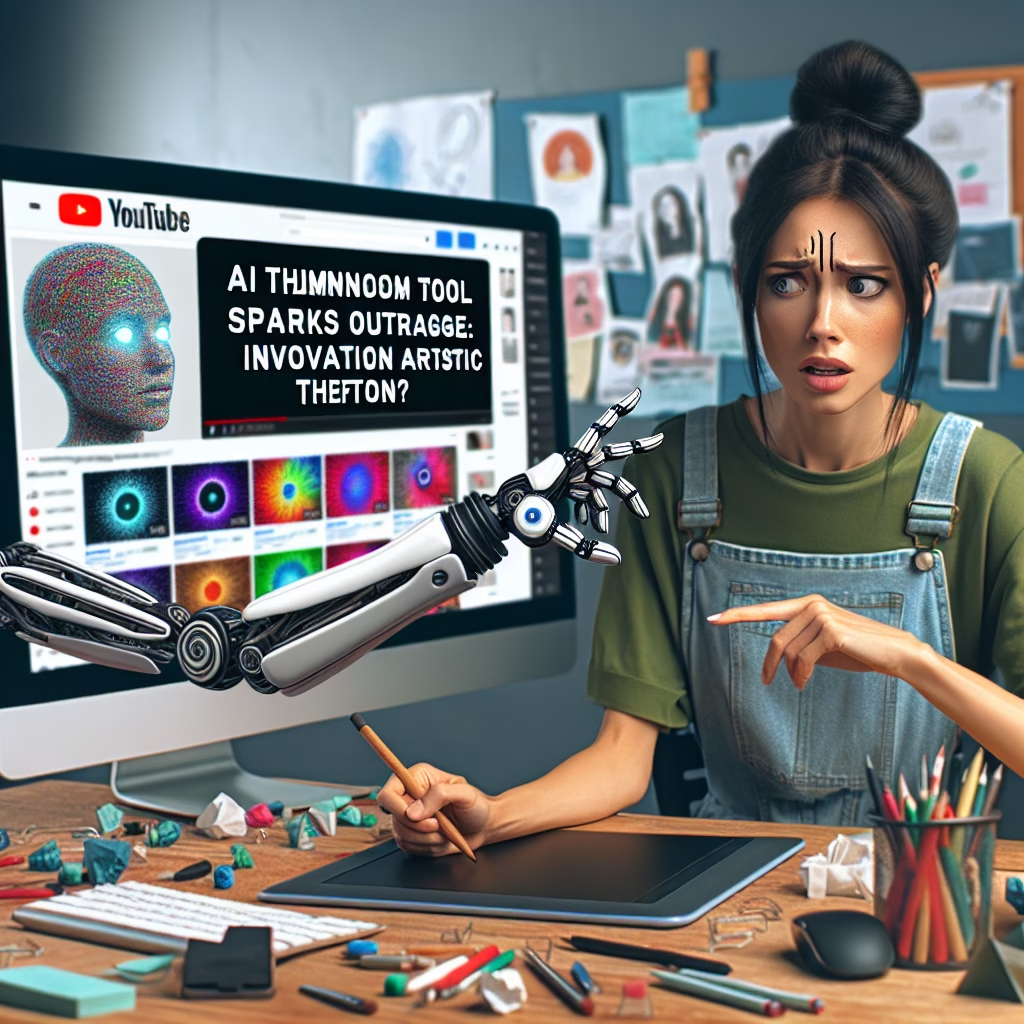

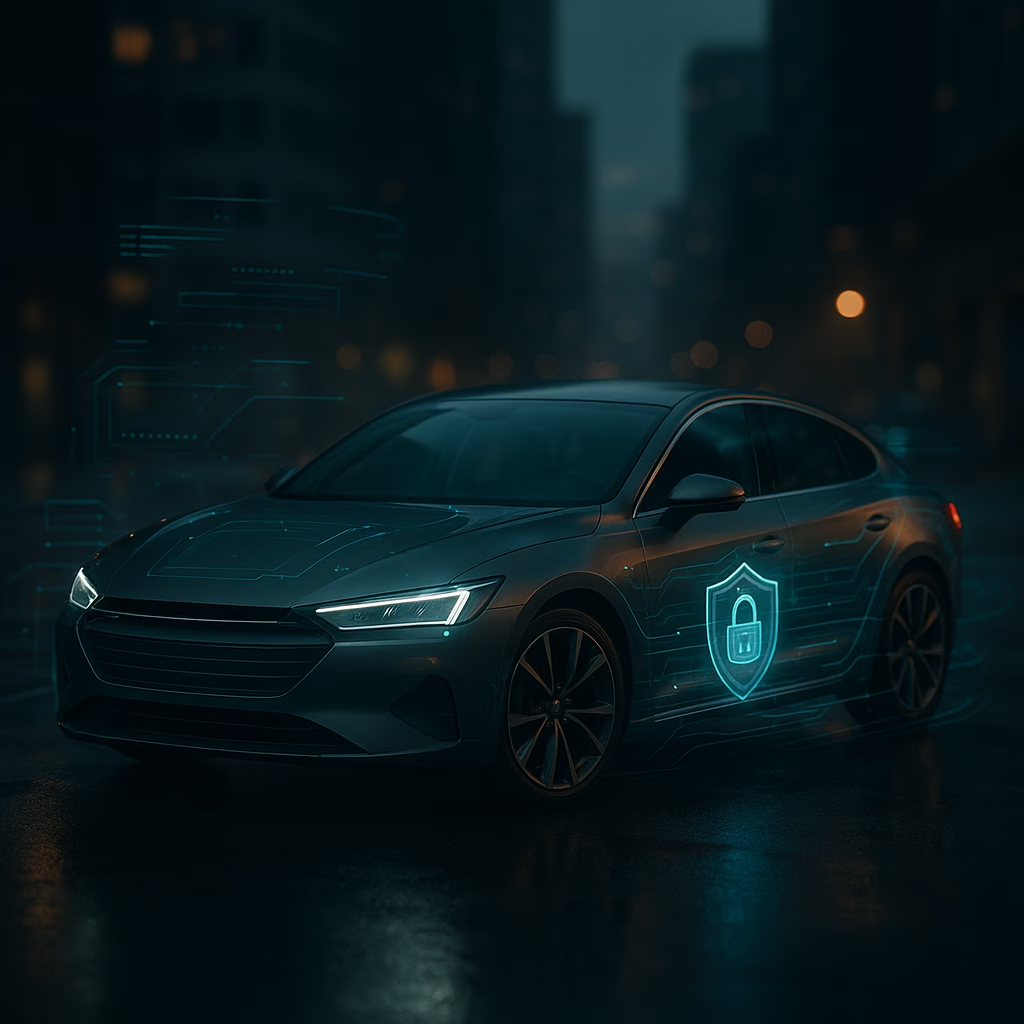
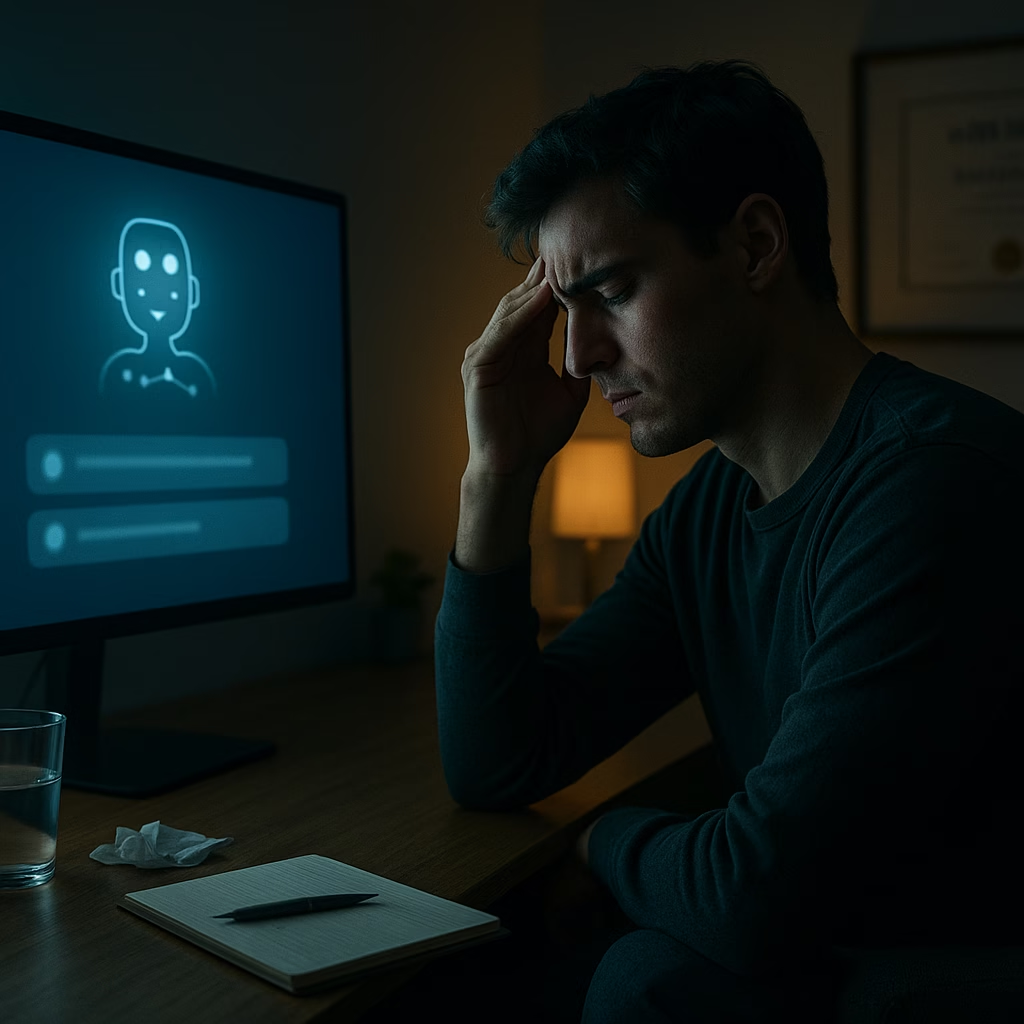
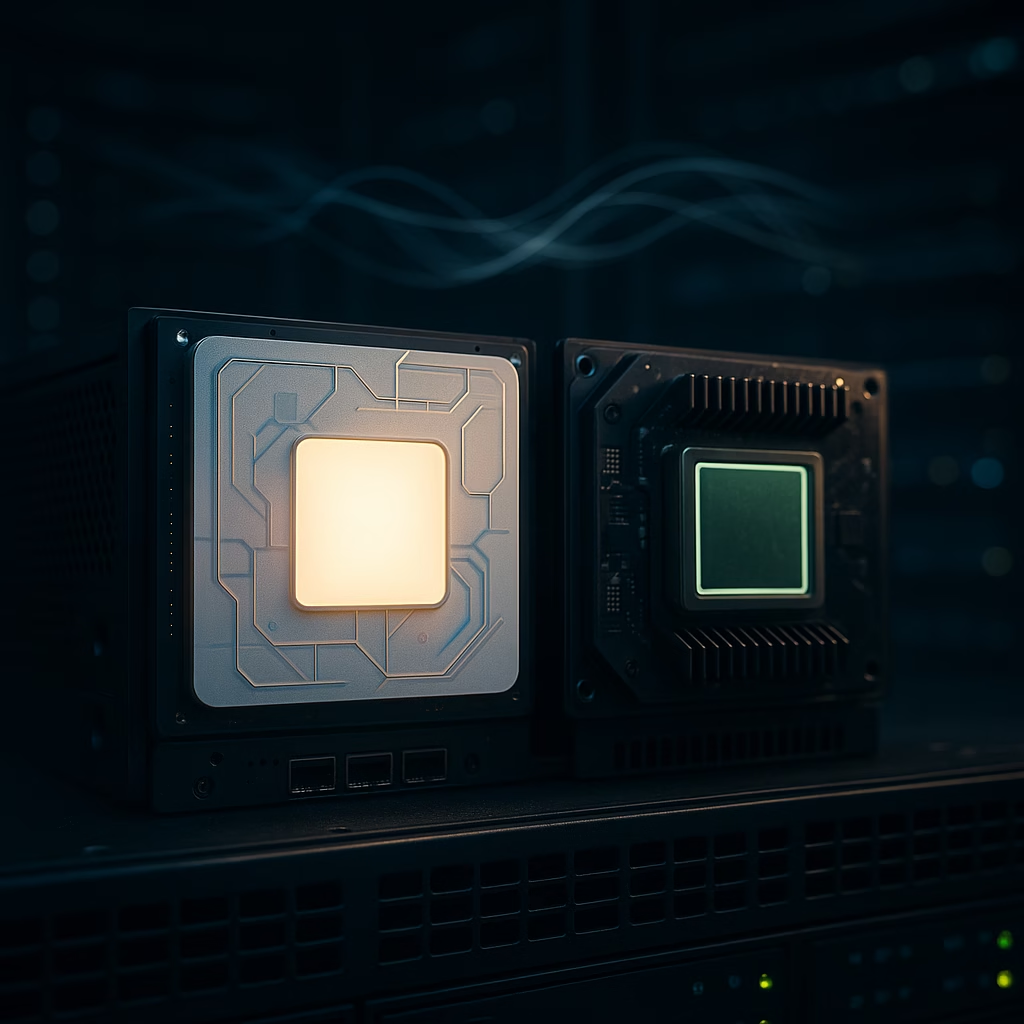
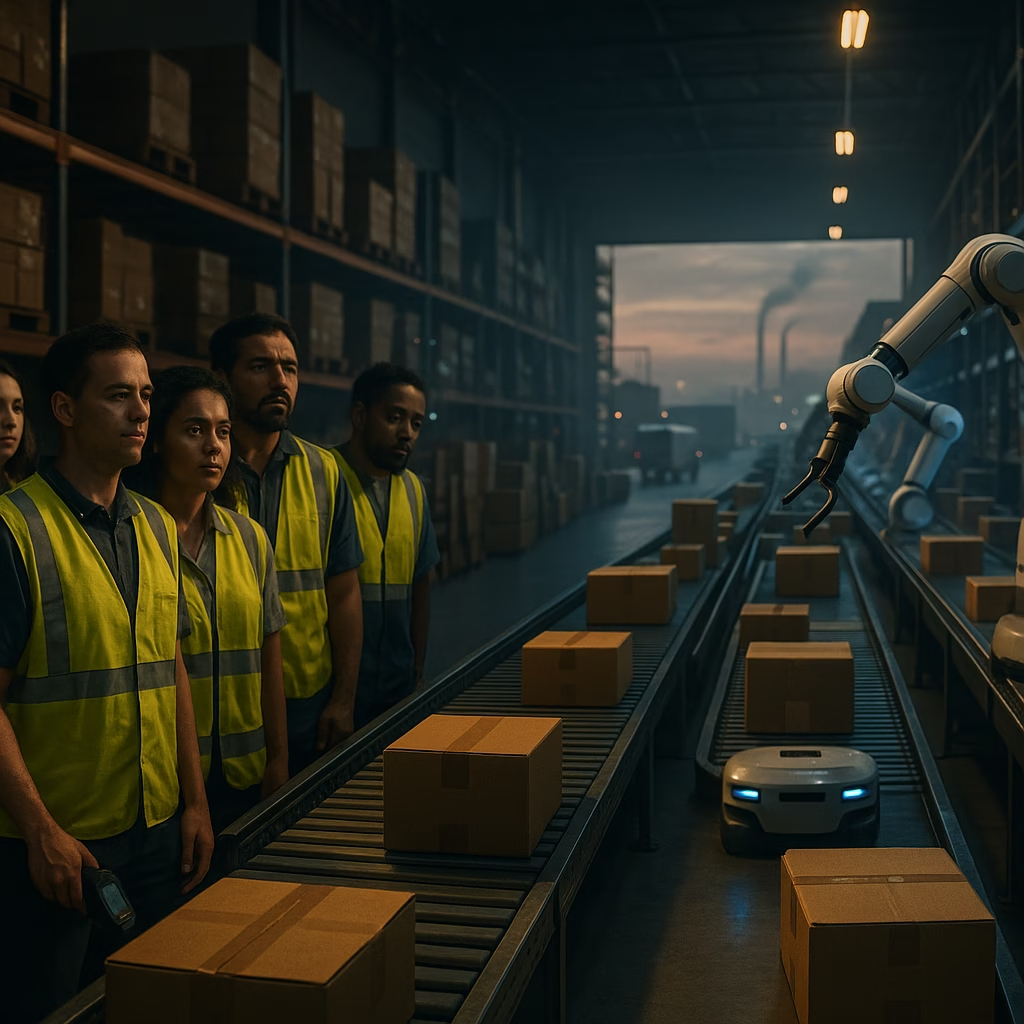

Leave a Reply